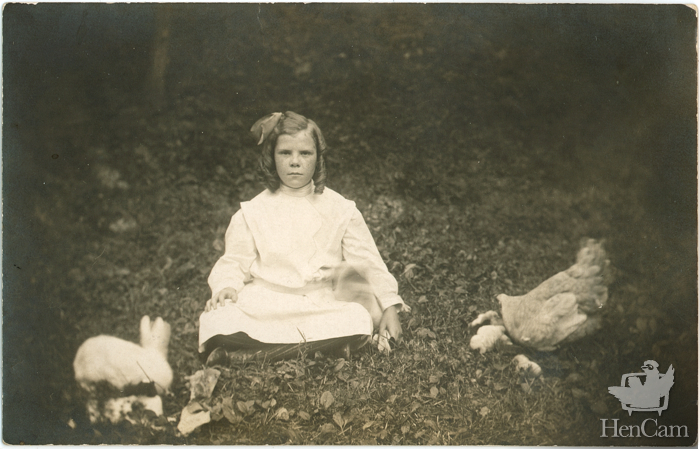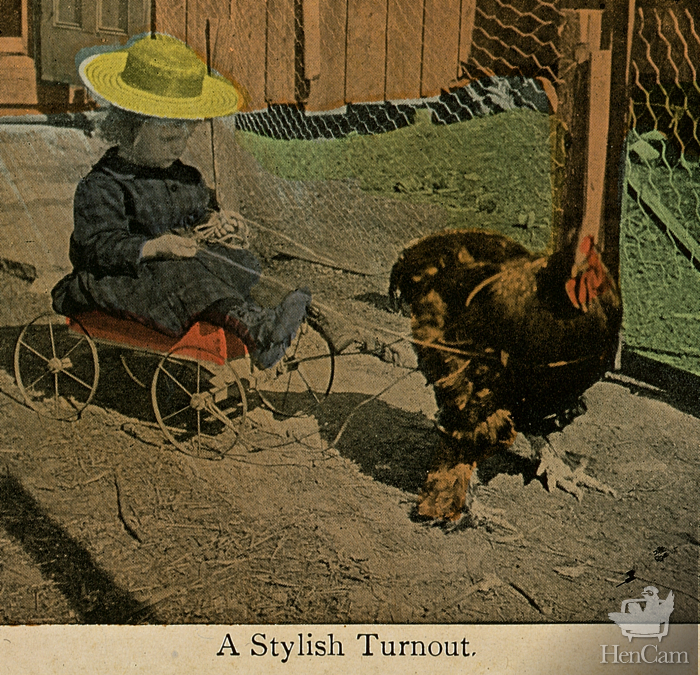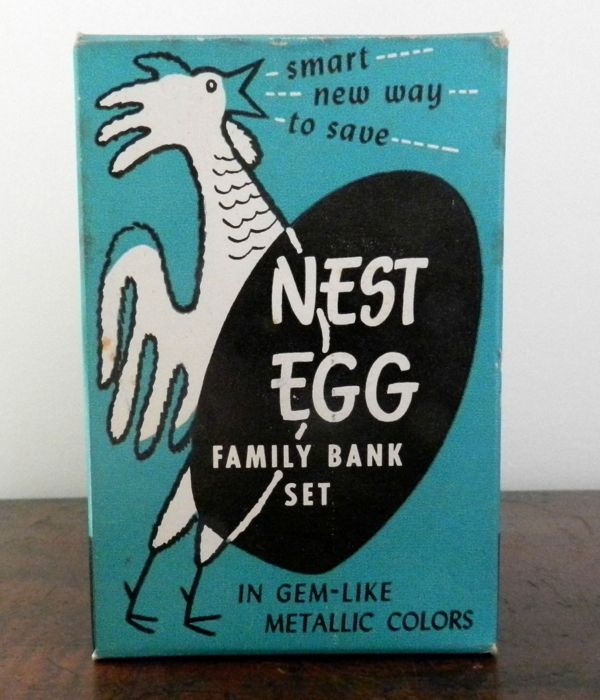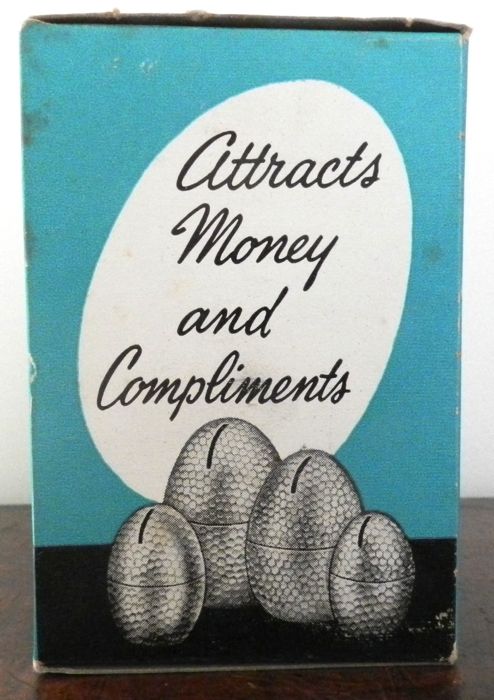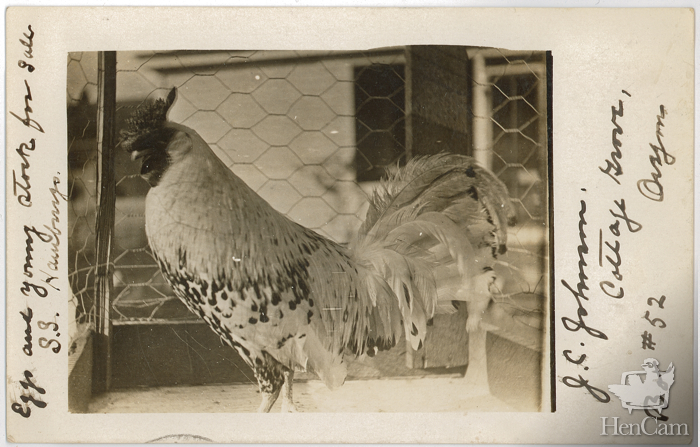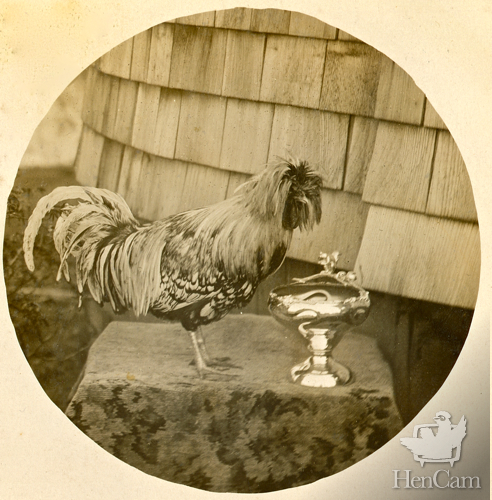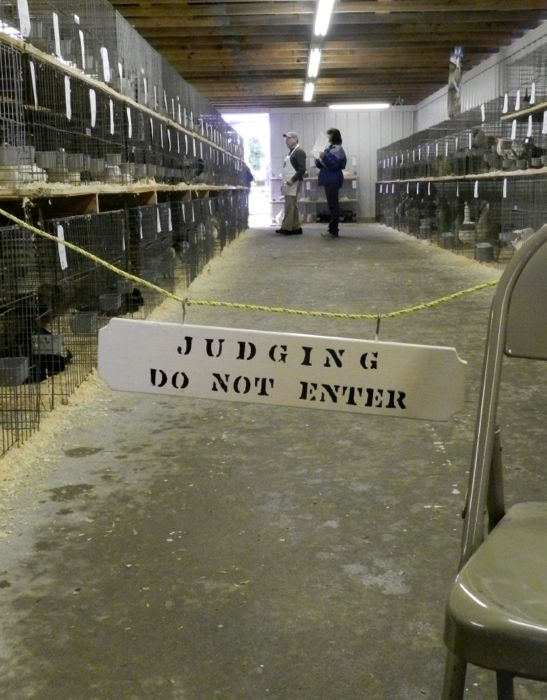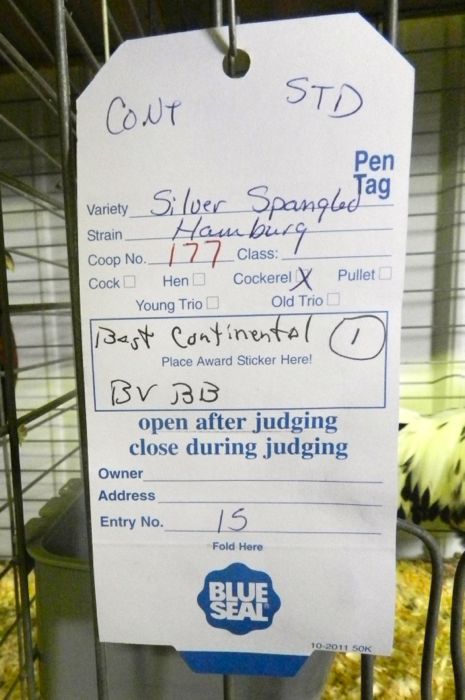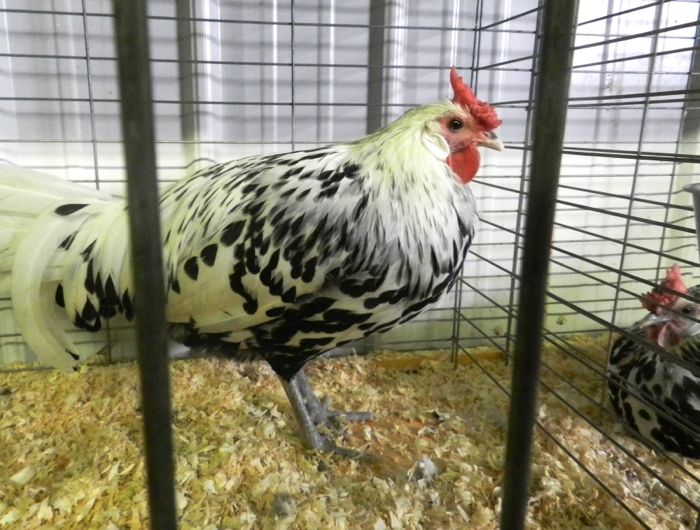The Boston Poultry Expo, America’s first and oldest poultry show, first met in 1849. No longer held in the city, it now occurs in the small town of Oxford, Massachusetts, set up in an indoor horse arena. It is a fine event where you will find friendly people who are passionate about poultry. I like driving out there to see the birds and talk to the breeders. I’ve even bought a few pullets from exhibitors. I’ll be there on Saturday. I’ve no intention of buying anything, but it never hurts to look. If you are coming, please let me know! I’ll be at the concession stand (there’s usually some good chili) at noon. I hope to see you then.
By the way, the above vintage photo is not the Boston Poultry Expo. It has no identifying writing on it. Alas, these days the judges don’t wear bowlers

